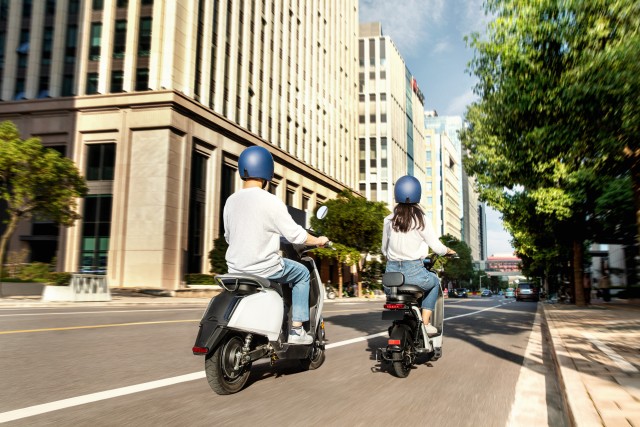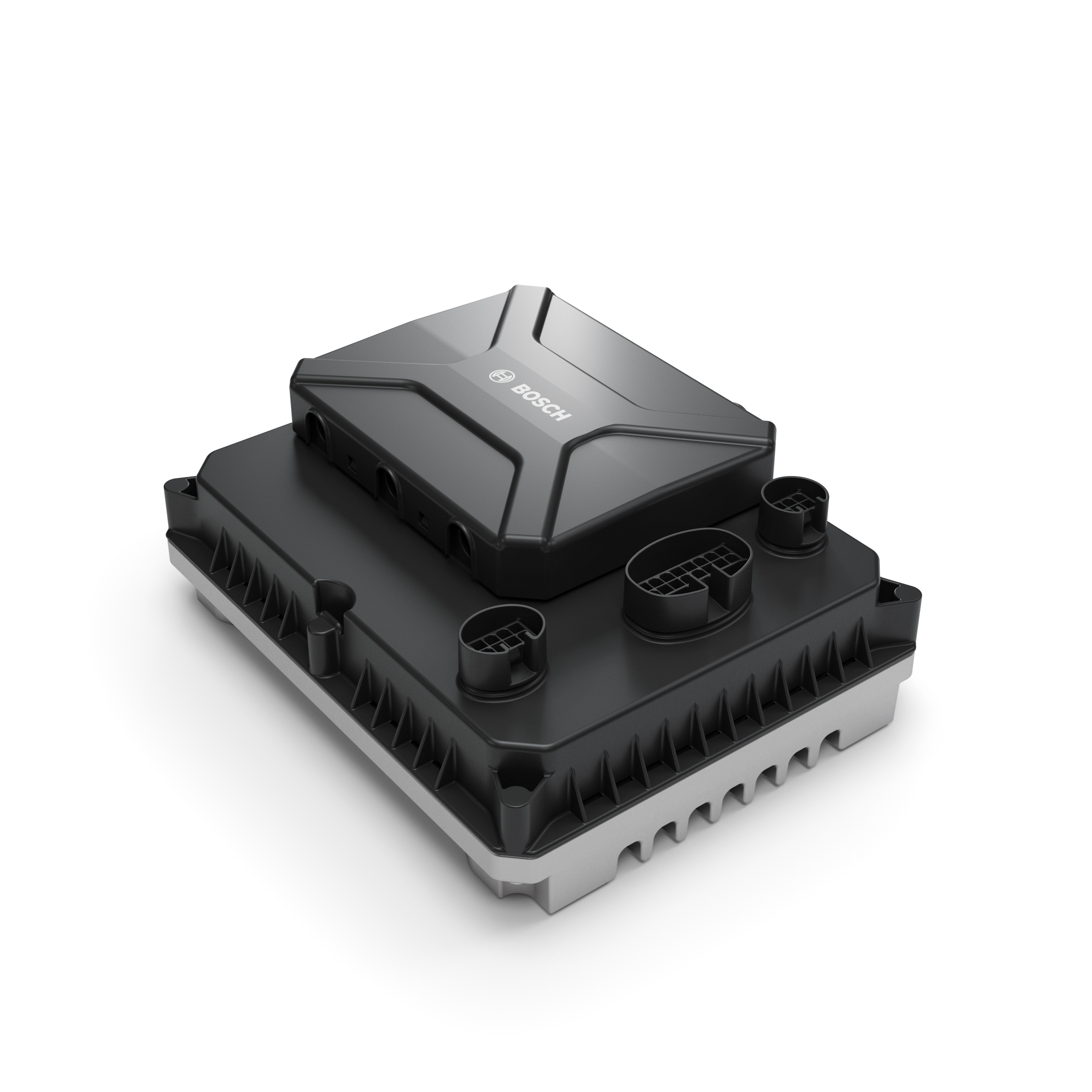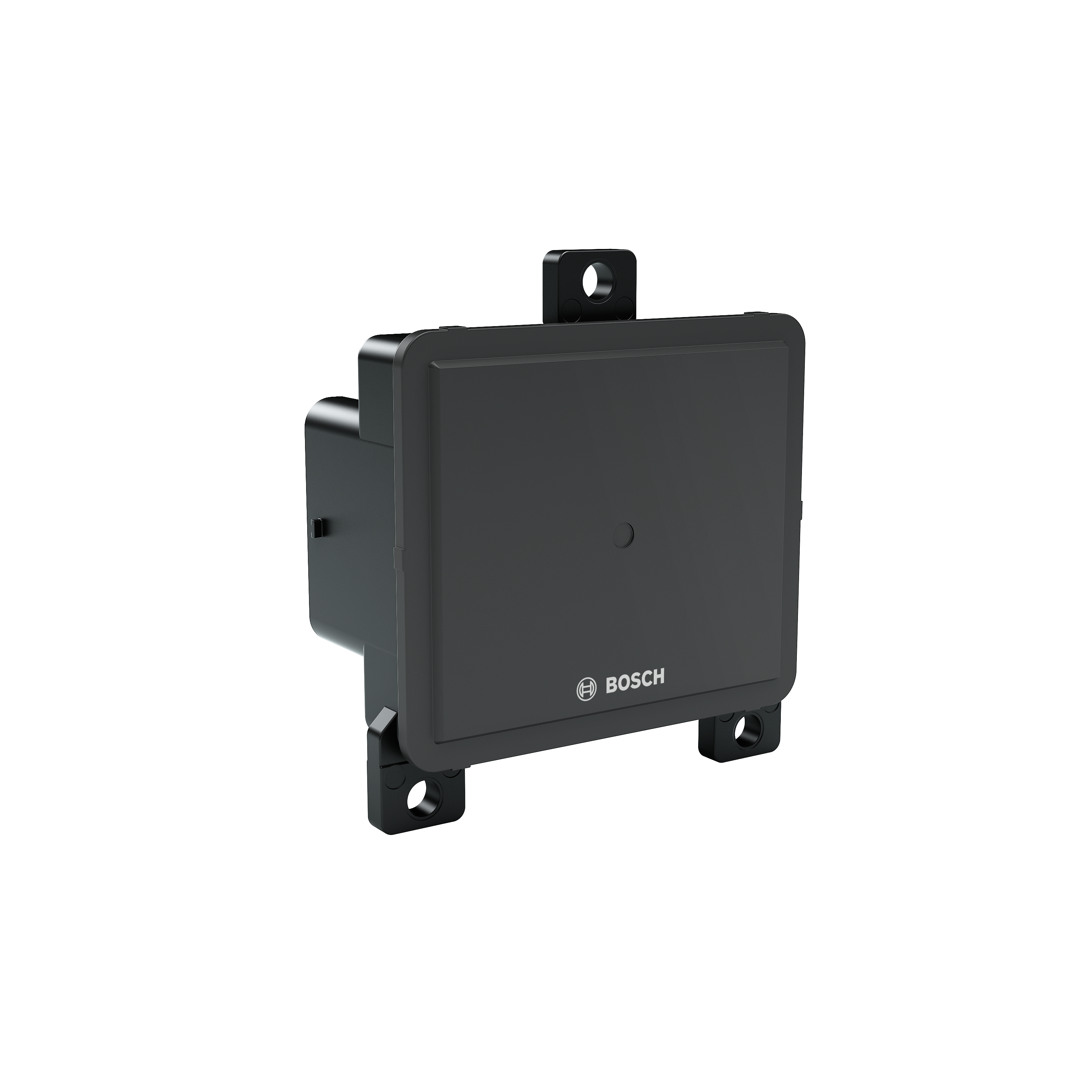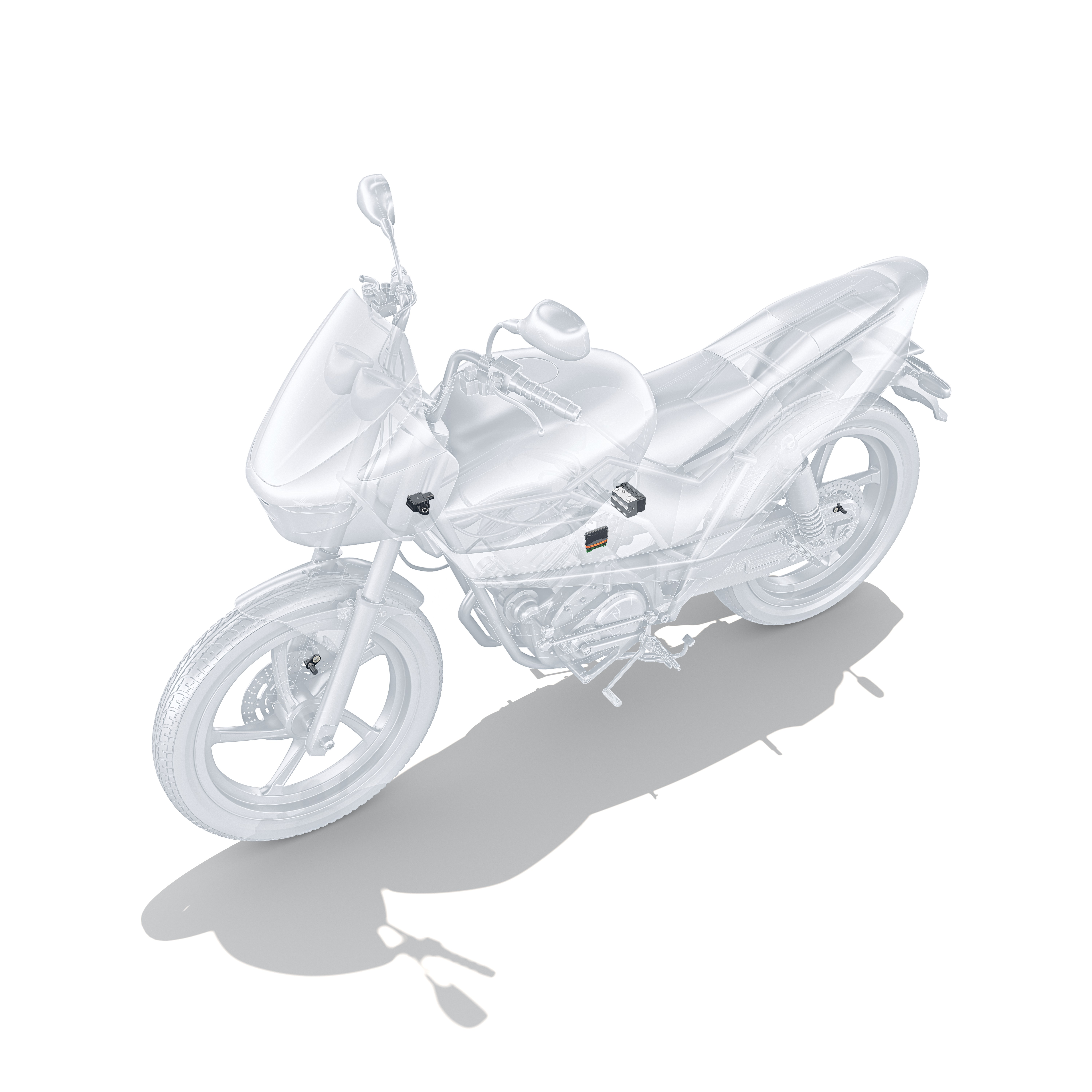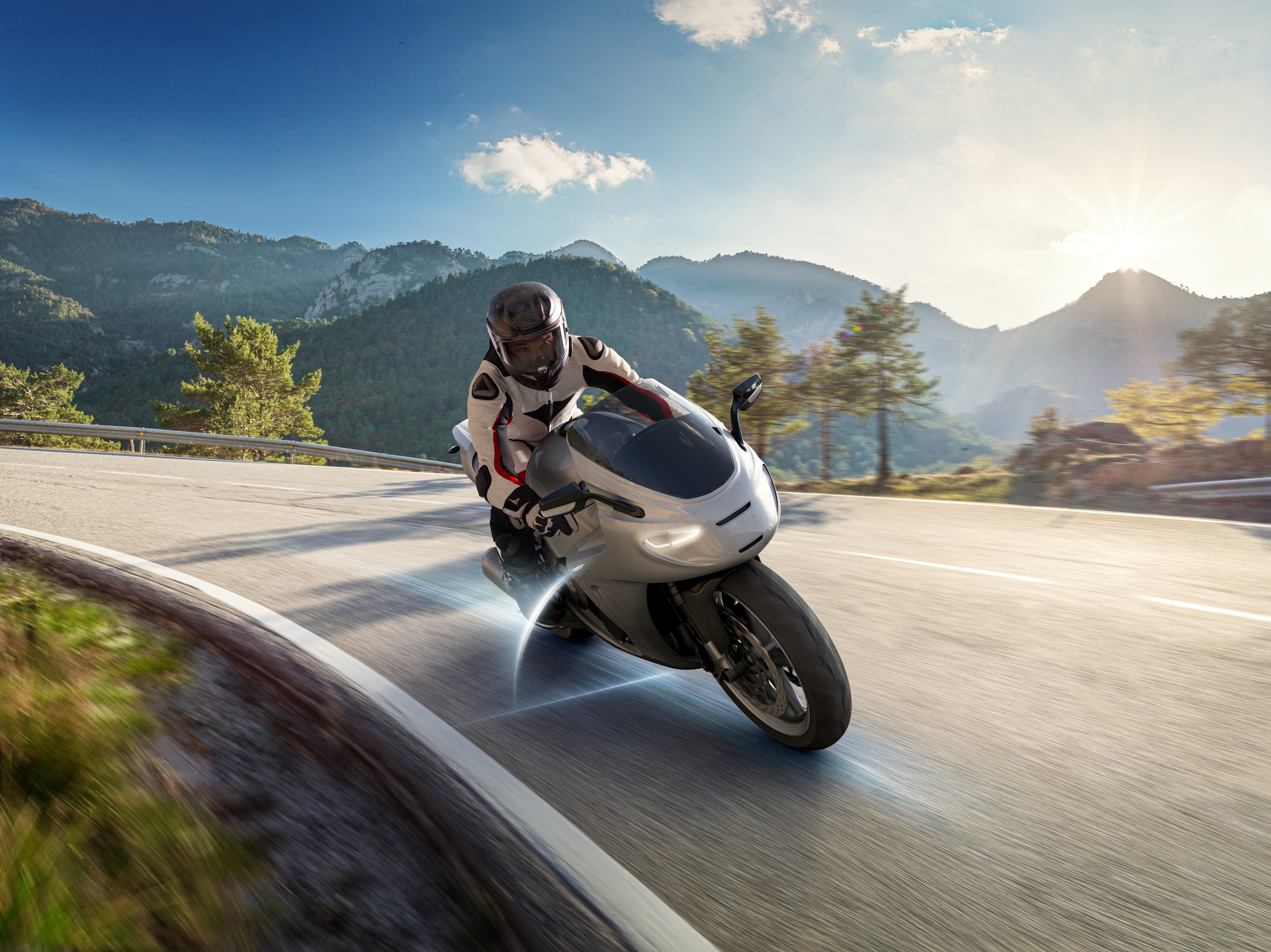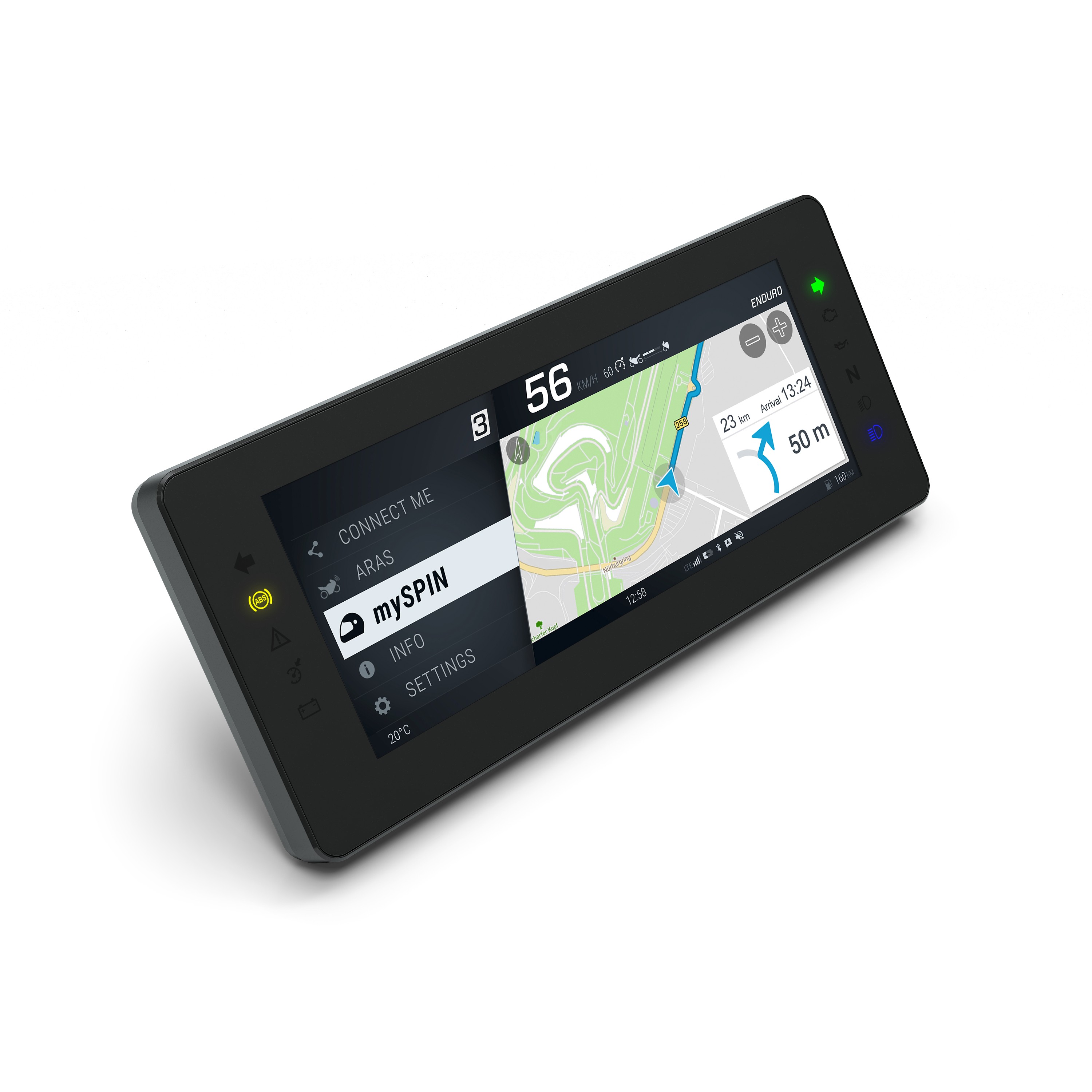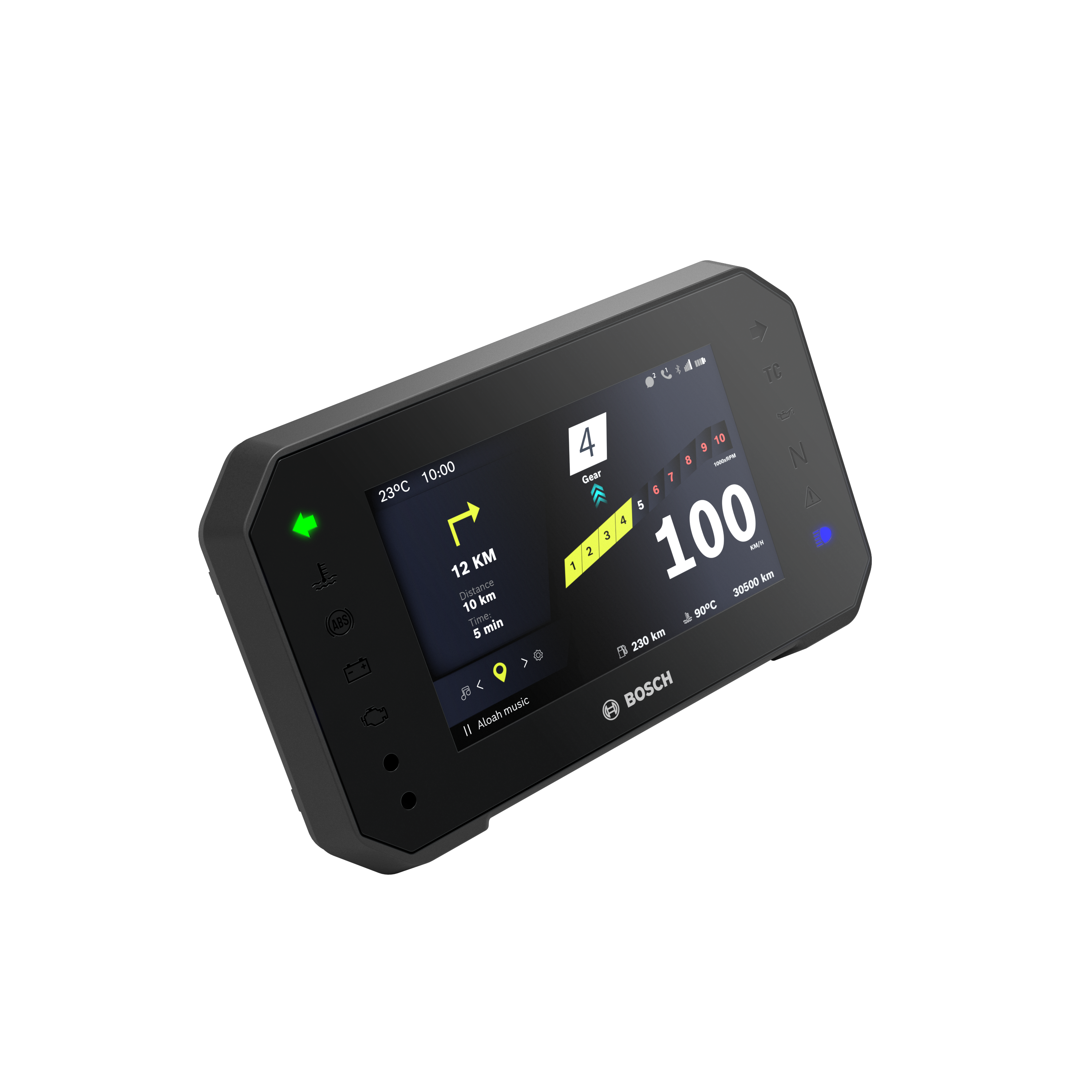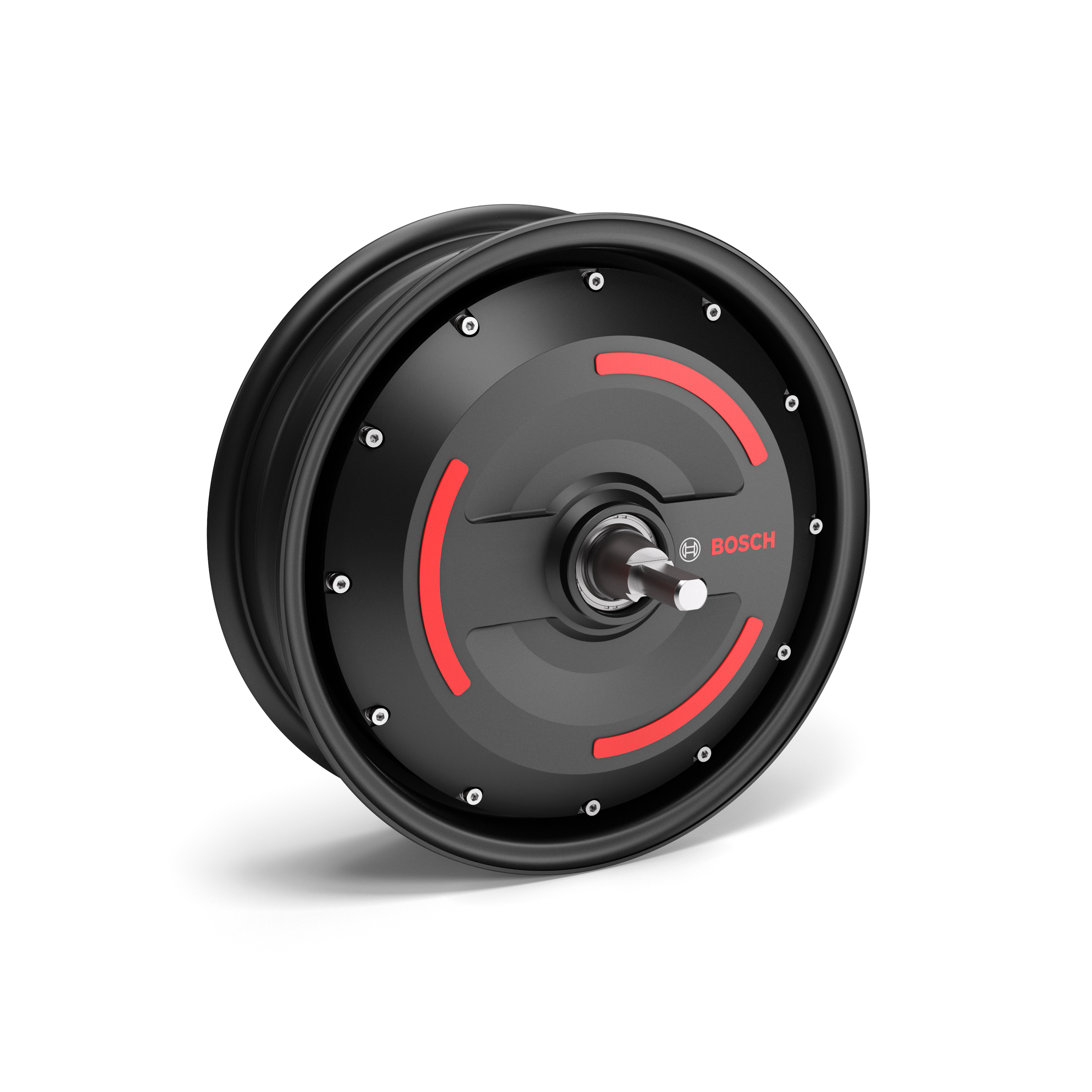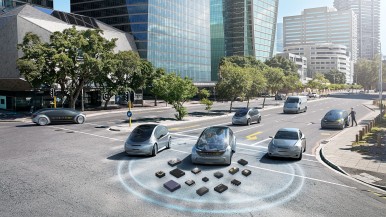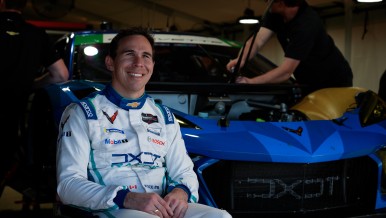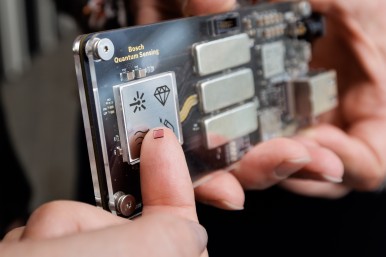Milan, Italy – Out on the road, the best way to feel an unparalleled sense of freedom is to ride a motorcycle. Such a combination of passion, dynamics, and speed demands the full gamut of innovative solutions for safety, convenience, and efficiency. At EICMA 2023, Bosch will be showcasing not only individual solutions for the motorcycles of today and tomorrow but also its overarching systems expertise. The focus is on engine components and the electric powertrain as well as safety, display, and connectivity solutions – developed by riders for riders. Visitors can find Bosch in hall 18, booth B54.
Digital: Connected driver experience thanks to innovative display solutions
Bosch offers display solutions for every application, so riders can keep an eye on their speed and other vehicle information while on the road without this distracting them from what’s happening around them. At EICMA, the company is exhibiting its TFT Cluster 5”, which lets riders see all the information they need at a glance. The five-inch display is also ideal for installation in the more confined space available in various vehicle segments. Bosch’s Integrated Connectivity Cluster (ICC), which is available in various sizes, adds connectivity functions to the TFT Cluster. In the past, motorcyclists often had to use a second display – and attach it to the vehicle using a separate mount – so that they could look ahead and use navigation information. Bosch provides a remedy here: by connecting their smartphone to the ICC, riders can access functions such as navigation, music, and telephony. The version measuring roughly ten inches also offers a split screen, which allows information and navigation content, for example, to be displayed simultaneously.
Safety: On the road to accident-free motorcycling with Bosch
Bosch is the world’s leading supplier of motorcycle safety systems and has already made riding on two wheels significantly safer with its motorcycle ABS and Motorcycle Stability Control (MSC). Now the company is taking the next step in the development of its MSC: according to estimates by Bosch Accident Research, MSC could prevent or mitigate 5 percent of all motorcycle accidents involving personal injury in Germany alone if every motorcycle were equipped with it. With this goal in mind, Bosch now offers stability control for smaller segments as well. To date, the MSC solution with advanced safety and convenience functions has tended to be used in medium to large motorcycles. Here, it works in combination with an inertial measurement unit (IMU) in 6D, which determines variables such as the lean angle. In the future, the MSC solution for smaller motorcycles will be based on the more compact ABS variant – not only in combination with the 6D unit, but also with the 3D sensor as a cost-effective solution for the entry-level segment.
With MSC, ABS, and the IMU on board, new additional functions and applications can be added to motorcycles with no need for additional hardware. These include, for example, a hill hold control function for large touring motorcycles, off-road ABS, and the bend-dependent integrated brake for the road and racetrack. These functions help increase safety, convenience, and riding enjoyment. And that means vehicles can be tailored even better to their areas of application. Having recognized this advantage early on, Bosch makes use of its wide-ranging systems expertise to this end and already offers a comprehensive portfolio of these functions.
Bosch’s solutions for radar-based motorcycle assistance systems also help improve two-wheeler safety on the road: according to Bosch Accident Research, one in seven motorcycle accidents can be prevented with such radar-based assistance systems. This is because electronic assistants are always alert and react faster than humans in emergencies. These systems and functions are based on surround sensors and will be further improved with the new Bosch radar generation for two-wheelers. It achieves better performance thanks to a total range of 210 meters – which is up to 50 meters greater than its predecessor. Moreover, the latest radar generation has a wider horizontal aperture angle of 15 degrees, which improves its accuracy in object detection. The sensor is the basis for upcoming enhancements in the field of assistance systems for two-wheelers.
Lower emissions: Bosch counts on the latest powertrain technology
Bosch is working to develop highly efficient drive solutions in an effort to help vehicle manufacturers reduce emissions. At EICMA 2023, Bosch will be showcasing its next-generation electric wheel hub motor. By optimizing the design of the stator and rotor, weight savings of up to two kilograms were achieved with no loss of performance.
The Bosch Drive Control Unit combines the inverter, engine management system, and vehicle control in one compact component. In conjunction with the wheel hub motor, the Drive Control Unit can be used to implement comfort functions such as a smoother starting mode (Smooth Riding) or cruise control to maintain speed. Controlled by the electric motor, the electric traction control prevents the rear wheel from slipping when starting off and increases riding safety. One-Throttle Ride, meanwhile, is an additional function that increases powertrain efficiency by allowing the motorcycle to recuperate braking energy when the rider rolls off on the throttle. This helps extend the battery-electric range by up to 8 percent. In addition to the Drive Control Unit for electric motors, Bosch will also be showcasing its Vehicle Controller at EICMA, which offers the potential to implement further functions in addition to the basic functions for the electric powertrain. For instance, in addition to pump control for water cooling, it meets various charging standards (such as CCS-AC or 2W CHAdeMO). With its more than 110 connections, the Bosch Vehicle Controller can be combined with various vehicle architectures and meets current and future requirements for electric two-wheelers.
However, Bosch is also working on making current combustion technology even more efficient and improving its sustainability. Here, Bosch is providing specific engine management systems and components for two-wheelers and powersports vehicles to help manufacturers meet future emissions regulations, such as Euro 5 and India’s BS 6 (Bharat Stage 6), including full Onboard Diagnostics II (OBD), Step 1 and 2. Together with the latest sensor technology, the engine management systems can achieve considerable efficiency gains compared with the conventional carburetor still in widespread use in emerging markets. Bosch engine components, such as injectors or sensors and controllers, are also already capable of supporting gasoline blend ratios up to E100, even in the two-wheeler sector. Additional functions such as various driving modes or quickshift solutions can also be implemented quickly and easily via the engine control unit, even in smaller vehicle classes.
BOSCH PRESS CONFERENCE: Tuesday, November 7, 2023, 2:30–2:45 p.m. (local time): with Geoff Liersch, head of Bosch’s Two-Wheeler and Powersports unit, at the Bosch booth in hall 18, booth B54.

